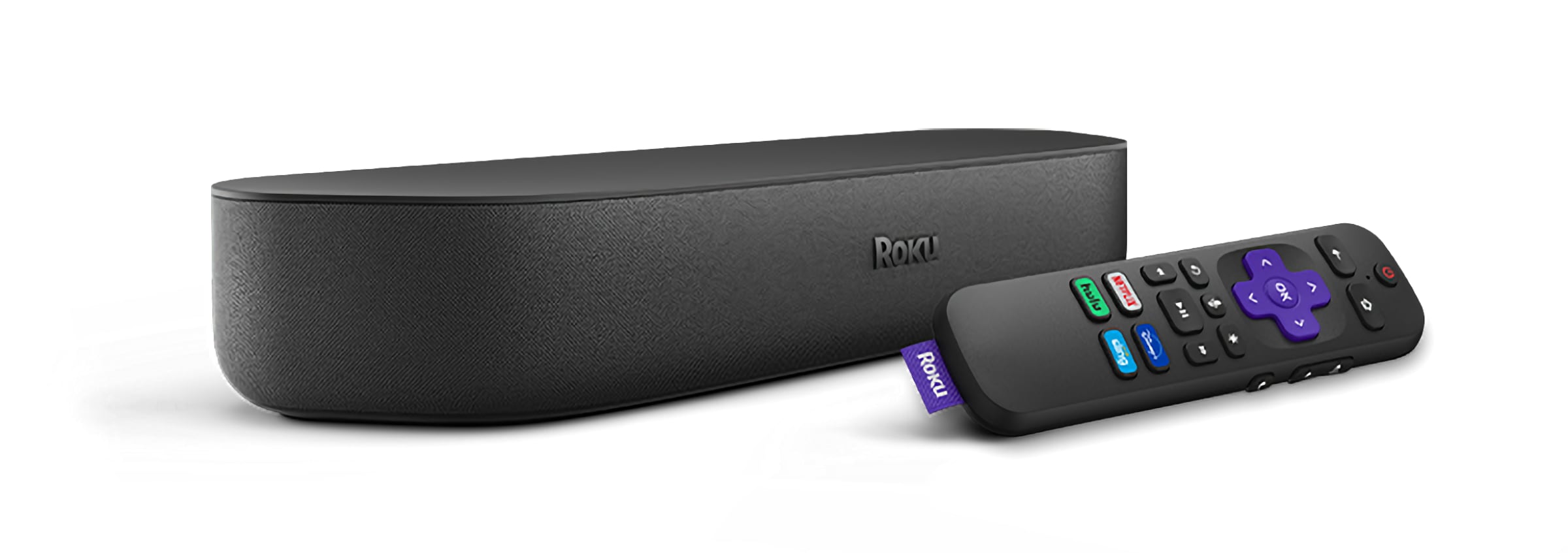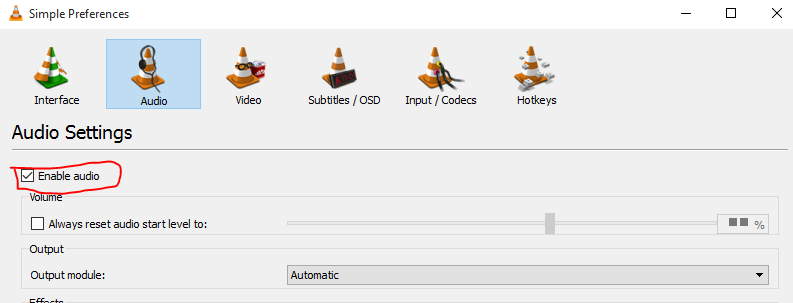

The Streambar has no analog audio inputs or outputs, which leaves Roku’s wireless sub as your only choice if you want bass reinforcement. The Roku Streambar provides (left to right) Toslink optical digital input, HDMI with ARC, and a USB port for streaming from local storage. Roku doesn’t sell a mount of its own, but you’ll have no problem finding compatible third-party options. Most people will set the Streambar in front of their TV, but the cabinet is outfitted with a pair of M6 x 8mm threaded mounts if you choose to hang the 2.4-pound speaker on the wall beneath your TV. Roku uses an inline power brick-death to wall warts!-and provides enough electrical cable to reach a two-prong outlet up to 7 feet away. (Speaking of Wi-Fi, the Streambar has a relatively quick 802.11ac adapter onboard.) įinally, there’s a barrel-type power connection. Another use for the USB port is to plug in an optional ethernet adapter if you have weak Wi-Fi, but are blessed with ethernet cable in your walls.
#ROKU MEDIA PLAYER NO SOUND DRIVERS#
The 1.9-inch (48mm) paper cone drivers feature neodymium magnets, and each one is powered by a discrete Class D amplifier producing 8 watts RMS each (total output of 32 watts RMS or 64 watts peak power).Īround back you’ll find the typical inputs and outputs, leading with HDMI 2.0 with support for ARC ( audio return channel), HDR10, and HGL high dynamic range information pass-through (but not Dolby Vision) an optical digital audio (Toslink) input and a USB 2.0 port that can be used to access music and video files stored on a USB drive (more on that later).


Two of the Streambar’s four full-range drivers are mounted in the face of the enclosure, and the other two are mounted at oblique angles in the left and right end caps, an arrangement that endows this soundbar with a wide soundstage that belies its size.


 0 kommentar(er)
0 kommentar(er)
